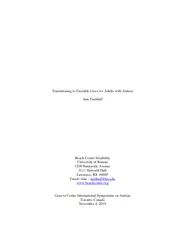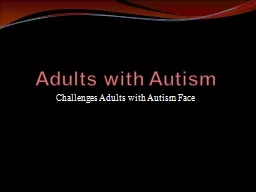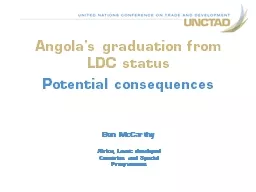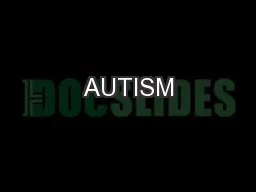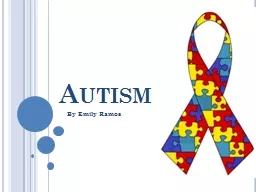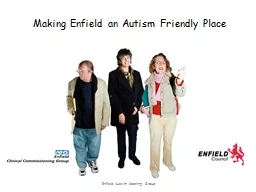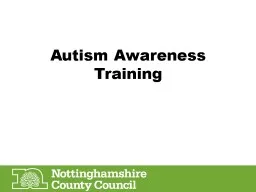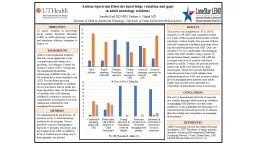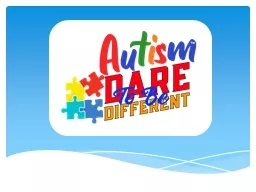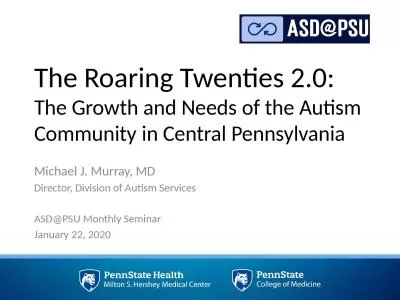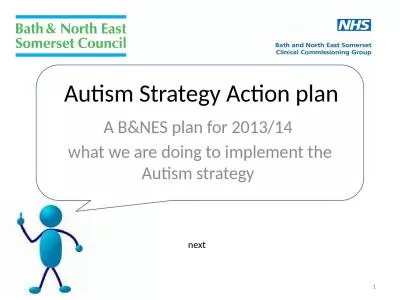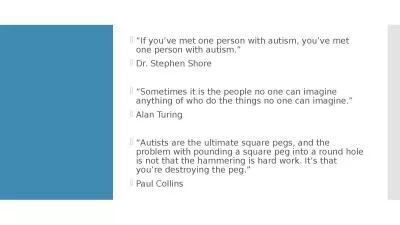PDF-Transitioning to Enviable Lives for Adults with Autism
Author : celsa-spraggs | Published Date : 2015-06-10
ed wwwbeachcenterorg Geneva Centre International Symposium on Autism Toronto Canada November 4 2010 brPage 2br As parents and professionals it is unsettling and
Presentation Embed Code
Download Presentation
Download Presentation The PPT/PDF document "Transitioning to Enviable Lives for Adul..." is the property of its rightful owner. Permission is granted to download and print the materials on this website for personal, non-commercial use only, and to display it on your personal computer provided you do not modify the materials and that you retain all copyright notices contained in the materials. By downloading content from our website, you accept the terms of this agreement.
Transitioning to Enviable Lives for Adults with Autism: Transcript
Download Rules Of Document
"Transitioning to Enviable Lives for Adults with Autism"The content belongs to its owner. You may download and print it for personal use, without modification, and keep all copyright notices. By downloading, you agree to these terms.
Related Documents

